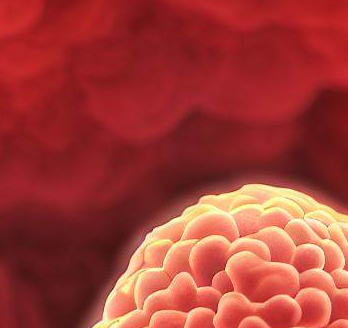What is sinonasal polyposis? - Bilateral & Unilateral, Symptoms, Causes, Treatment
Sinonasal polyposis is a frequent disorder affecting the nasal and sinus airways. It is characterized by the development of benign growths inside the sinus and nasal mucous membranes, known as polyps. These polyps develop from a persistent inflammatory process and are typically edematous. Sinonasal polyposis can be unilateral, affecting just one side, or bilateral, affecting both sides of the nose and sinuses.
Bilateral Sinonasal Polyposis
Bilateral sinonasal polyposis is a disorder in which there are polyps in both sinuses and the nasal cavities. This disease is often linked to chronic rhinosinusitis and can severely impact the quality of life. Bilateral sinonasal polyposis is characterized by chronic nasal blockage and obstruction, poor sense of taste and smell, facial pain and pressure, recurrent sinus infections, and headaches.
The exact cause is still not fully understood. However, genetic vulnerability, environmental factors, and chronic nasal and sinus membrane inflammation are thought to be responsible. Aspirin sensitivity, allergies, respiratory infections, asthma, and other diseases may potentially be risk factors.

Unilateral Sinonasal Polyposis
Unilateral sinonasal polyposis is characterized by the presence of polyps in the sinuses and nasal cavity on just one side. Despite being a rare form of polyposis, it can still be quite distressing and interfere with daily life. Unilateral sinonasal polyposis exhibits symptoms similar to bilateral polyposis, including facial pain, frequent sinus infections, nasal congestion, and a decreased sense of smell.
Structural defects like a blocked nose or a deviated septum, localized inflammation, or a specific sinonasal disease can all cause unilateral polyps.
Symptoms
Due to their nasal and sinus effects, bilateral and unilateral sinonasal polyposis have similar symptoms and clinical presentations. Nasal congestion and blockage are common symptoms, making breathing through the nose difficult. This may result in snoring, mouth breathing, and irregular sleep patterns.
Another prevalent symptom is a diminished sense of smell and taste (hyposmia and hypogeusia, respectively). Polyps and accompanying inflammation can interfere with the olfactory nerves, impairing the capacity to perceive odors and taste flavors properly. The inflammation and sinus congestion can cause facial pain and pressure, which is frequently felt in the cheeks and forehead.
Causes
Several factors have been recognized as potential contributors, while the precise causes of sinonasal polyposis are not well understood. Both allergic and non-allergic causes have the potential to cause persistent sinus and nasal membrane irritation, which can develop into polyps. Animal dander, dust mite, and pollen allergies can make the problem worse. Additionally, non-allergic variables such as irritants like cigarette smoke and occupational exposures may be at play.
It is believed that sinonasal polyposis is largely influenced by genetic predisposition. Some people may be more prone to persistent inflammation and the development of polyps due to specific variations in their genes. Furthermore, the condition may be impacted by environmental variables including air pollution and high humidity.
Diagnostic Procedures
A nasal speculum or a nasal endoscope will be used by the healthcare professional during a physical examination to see inside the nasal passages. By providing a direct view of the nasal cavity and sinuses, nasal endoscopy can be used to detect the presence of polyps, measure their size and location, and examine the general health of the mucous membranes.
To provide a more in-depth image of the sinuses and assist in treatment planning, imaging techniques including computed tomography (CT) scans may be performed. CT scans can be used to evaluate the number and size of polyps, spot any structural irregularities, and spot any difficulties caused by sinonasal polyposis.
Treatment Options
Sinonasal polyposis is treated by reducing inflammation, treating symptoms, and preventing the growth of new polyps. Treatment options are determined by the severity of symptoms, the number of polyps, and individual characteristics such as overall health and treatment response.
Sinonasal polyposis is frequently treated with medications as the initial step. By reducing inflammation and shrinking polyps, corticosteroids can be taken orally or as nasal sprays. To manage the symptoms of allergies, antihistamines may be administered. Leukotriene modifiers or monoclonal antibodies that target particular immunological pathways may be taken into consideration in specific conditions.
Nasal irrigation with saline solutions can help clear mucus and allergens from the nasal passages and provide symptomatic relief. Regular irrigation can promote improved nasal hygiene and lessen inflammation.
For severe or unresponsive cases of sinonasal polyposis, surgical procedures may be required. Polypectomy, the surgical removal of polyps using an endoscopic technique, can enhance nasal airflow and relieve symptoms. If there are numerous polyps, structural anomalies, or persistent rhinosinusitis, sinus surgery may be necessary.
 Reviewed by Simon Albert
on
June 06, 2023
Rating:
Reviewed by Simon Albert
on
June 06, 2023
Rating:











